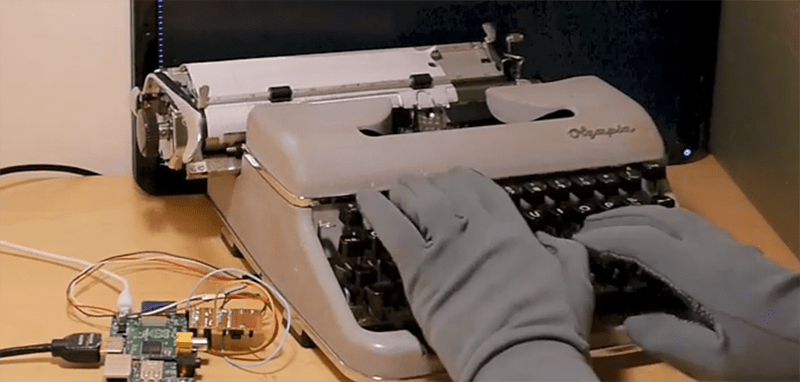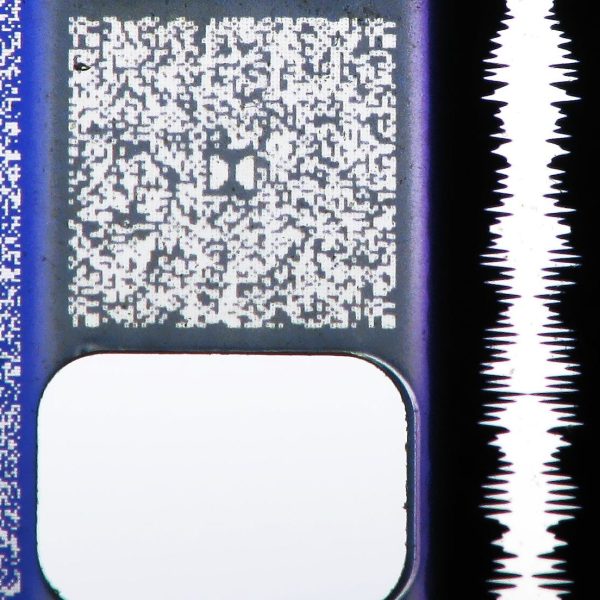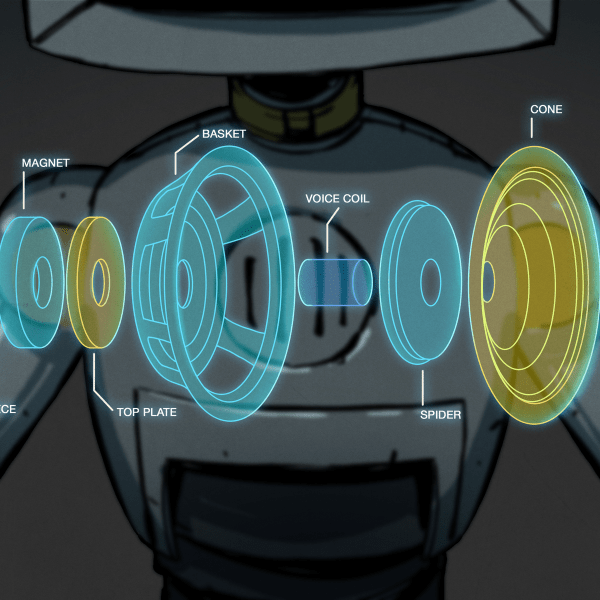Is your keyboard too quiet? Is your Cherry MX Blue board not driving your coworkers crazy enough? If the machine gun fire of a buckling spring keyboard isn’t enough for you, there’s only one solution: [Russell]’s typewriter turned into a mechanical keyboard.
Converting typewriters into keyboards has been done for a very long time; teletypes, the first computer keyboards, were basically typewriters, and the 1970s saw a number of IBM Selectrics converted into a keyboard with serial output. Even in recent years, typewriters have been converted into keyboards with the help of some switches and an ATMega. [Russell]’s mechanical keyboard improves on all of these builds by making the electronic interface dead simple, and a project that can be done by anyone.
Instead of installing switches underneath every key or futzing about with the weird mechanics of a Selectric typewriter, [Russell] is only installing a touch-sensitive position sensor into the frame of the typewriter. When a key is pressed, it strikes a crossbar in the frame of the typewriter. With a single ADC chip and a Raspberry Pi, [Russell] can determine which key was pressed and use that information to output a character to a terminal.
It’s a very simple solution for an electrical interface to a mechanical device, and the project seems to work well enough. [Russell] is using his new keyboard with Vim, even, something you can check out in the video below.
















All this needs is an e-ink display mounted – portrait orientation, of course – where the paper would go.
How do you Ctrl-C / Ctrl-V ? What about enter key and others like that ?
Clever use of the linear touch pot! Congratulations!
This has been on my To do list forever–every time I see a Selectric for $10 at Goodwill, I think about building an interface board for it. If nothing else, I need to make a carriage return lever.
A selectric should be easier.
I’d like to see this done on an older model typewriter, maybe with momentary pushbuttons on the actual type!
Uh, what? A Selectric would be so much harder! Once you lift the thing up, it’s almost solid metal. Or you could measure tilt and rotate, but I’m not sure that would be particularly accurate!
The Selectric is actually mechanical-digital. The keyboard encodes two bits that control the ball tilt, and I think five bits that control the rotation. These are in the form of bars that either move or don’t, depending on which key was pressed. These go through what can only be described as a mechanical DAC to do the actual ball positioning. It shouldn’t be too hard to detect all of these bits from said bars using either optical or hall-effect sensors. The code isn’t anything like ASCII, but that’s easily converted with a microcontroller. I did the last part in about 1985 on an Anderson-Jacobson modified Selectric (which already had the switches installed) to get my TRS-80 Color Computer to talk to it. That was after I replaced the crappy chiclet keyboard on the computer with a genuine Cherry with hall-effect switches.
I would think that the method used in the unit described in this article would be more prone to errors, since it uses an analog sensor to detect which key has been struck. With 44 keys to detect and discriminate, that requires a combined resolution and repeatability of a little over 2%. Perfectly doable, but how often does it need to be calibrated?
“Cherry MX Blue board not driving your coworkers crazy enough? “, Nah MX Green is where it’s at for annoying co-workers… However at work I stick to the Old IBM Model Ms as there were plenty laying around.
I have a Model M at home. Nice Goodwill find, since I’m too cheap to spend $100 on a keyboard.
Also a Model M at work, from 1984. It was super-clean when I got it– I think it was new old stock.
Lots of people coming by my cubicle comment on it. I love the feel of this keyboard.
Same here. I LOVE my Made-in-USA Model M! Found this one on eBay for about $30 (?) around three years ago, in darn-near mint condition. Everything else feels like Jello after I acquired and started using it. I only wish I’d been smart enough during my EE co-op days to take one (or more) of the many dozens, sitting unused, in my former employer’s storage closets.
Oh, and what’s not to like about the steel plate inside? Makes for hilarity when other people try to move it. :)
This kit (i think featured before) uses individual switches/contacts in the same place http://www.usbtypewriter.com/products/easy-conversion-kit
I wonder how effective the resistive bar will be over time?
Also something I’d like to do someday
A very elegant solution, but the q key doesn’t work? That makes vim a bit Hotel California no?
In the early 50’s when Teletypes began to be available to ham
radio operators, many guys needed keyboards to send characters
over the ham bands. There was a project called a “junkey board”
where a selenium rectifier plate was scored in a tick tac toe pattern
making nine “diodes” that were wired to the keys and provided a
unique signal for each key. Those were the olden days when hams
were equivalent to today’s makers…
Fred Hatfield K8VDU
This technology was obviously stolen from 20 minutes into the future. The news reporters at Network 23 use them. (Any Max Headroom fans out there?) Seriously, cool build.
When I bought my Apple 1 in 1976, I added a an IBM Selectric to it since
It had no keyboard input. That’s a 40 year precedent!
You preceded this how-to published in Radio Electronics by 7 years too:
https://archive.org/stream/radio_electronics_1983-12/Radio_Electronics_December_1983#page/n67/mode/2up
Actually there was an article in CQ in 1954 about using a typewriter keyboard with selenium plates that generated Baudot code when the depressed key touched them. Scan CQ archives for “junkeyboard”. K8VDU